GUT BUILDERS Food that supports and encourages a healthy and diverse gut population
Prebiotics encourage fermentation to happen inside your gut and can have a greater impact on the gut microbiome than probiotics. Super important!!
o Vegetables: cruciferous veg, Jerusalem artichokes, radish, onions, shallots, beets, leek and garlic, leaky greens like dandelion greens, burdock and chicory root, kale, collards, asparagus, fennel.
o Starches, beans, chickpeas, lentils and other legumes cooked and cooled white potato, green bananas and sweet potato.
o Nuts and seeds – chestnuts, hazelnuts, pecans almonds, cashews and pistachio. Sunflower, pumpkin, LSA mix, Flaxseed meal, black tahini
o Fruits – black elderberries, black currants, blueberries, cherries, strawberries, black berries, plums, raspberries, apples (red), black grapes.
o Partially hydrolysed guar gum (PHGG). This can be purchased from health food shop and is a great prebiotic to add to smoothies or cooking.
Fibre is our friend: Beneficial metabolites in the form of short chain fatty acids (SCFA’s) are produced when fibre is broken down by the gut bacteria. We know that these SCFA’s nourish the gut barrier, increase immune function and reduce inflammation.
One of the most important SCFA’s is Butyrate. It is shown to reduces mucosal inflammation and oxidative stress, reinforces the gut defence barrier, and modulates intestinal sensitivity and intestinal motility. All important! A growing number of studies have stressed the role of butyrate in the prevention and inhibition of colorectal cancer. Outside the intestine, butyrate exerts potentially useful effects on many conditions, including genetic metabolic diseases, high cholesterol, insulin resistance, ischemic stroke and hemoglobinopathies.
How to increase butyrate producing bacteria
Include: Psyllium husks and ground flaxseeds, PHGG, Inulin-FOS as supplement, and different types of resistant starch.
Resistant starch can be found in:
o Whole grains, seeds and legumes – buckwheat, sorghum.
o Potato starch (must be eaten unheated) raw potato, green bananas, legumes.
o Root veg cooked then cooled -e.g. cooked potato or sweet potato eaten in salad, legumes.
Probiotics supply active bacteria cultures as a result of fermentation that happens outside the gut. When food is fermented, its digestibility is enhanced and its nutrient levels are increased.
o Cultured dairy – fermenting dairy digests the milk sugars that may otherwise cause digestive issues. Yoghurt, butter milk, crème fraiche and some cheese. Non-dairy milks can also be fermented.
o Fermented soy – the best type of soy as the fermenting introduces beneficial bacteria and improves the digestibility. Tempeh, miso, soy, sauce and fermented bean curd.
o Fermented foods and beverages – kefir, kombucha, kvass, fermented vegetables like sauerkraut and kimchi. Any fermented veggies really.
Healing foods that are healing to the gut
o Bone broths
o Gelatine and collagen
o Good quality fats – olive oil, coconut oil, meat
o Herbs & spices – basil, cilantro, caraway, cinnamon, garlic, thyme, turmeric.
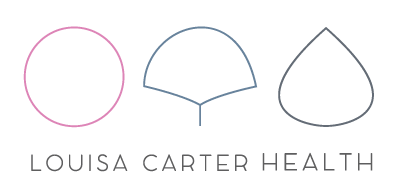
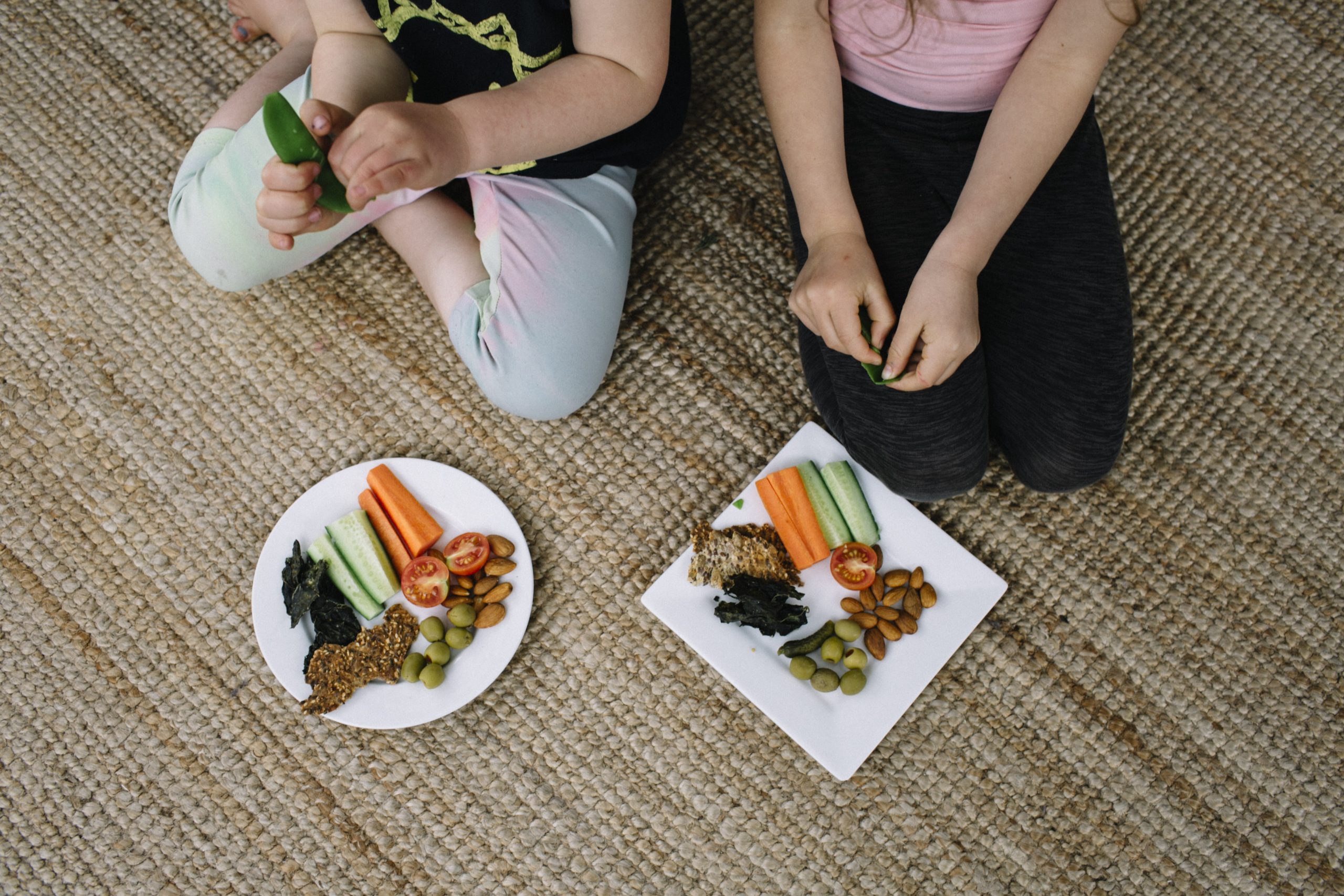
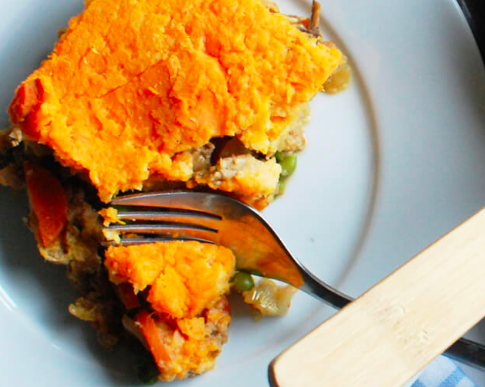
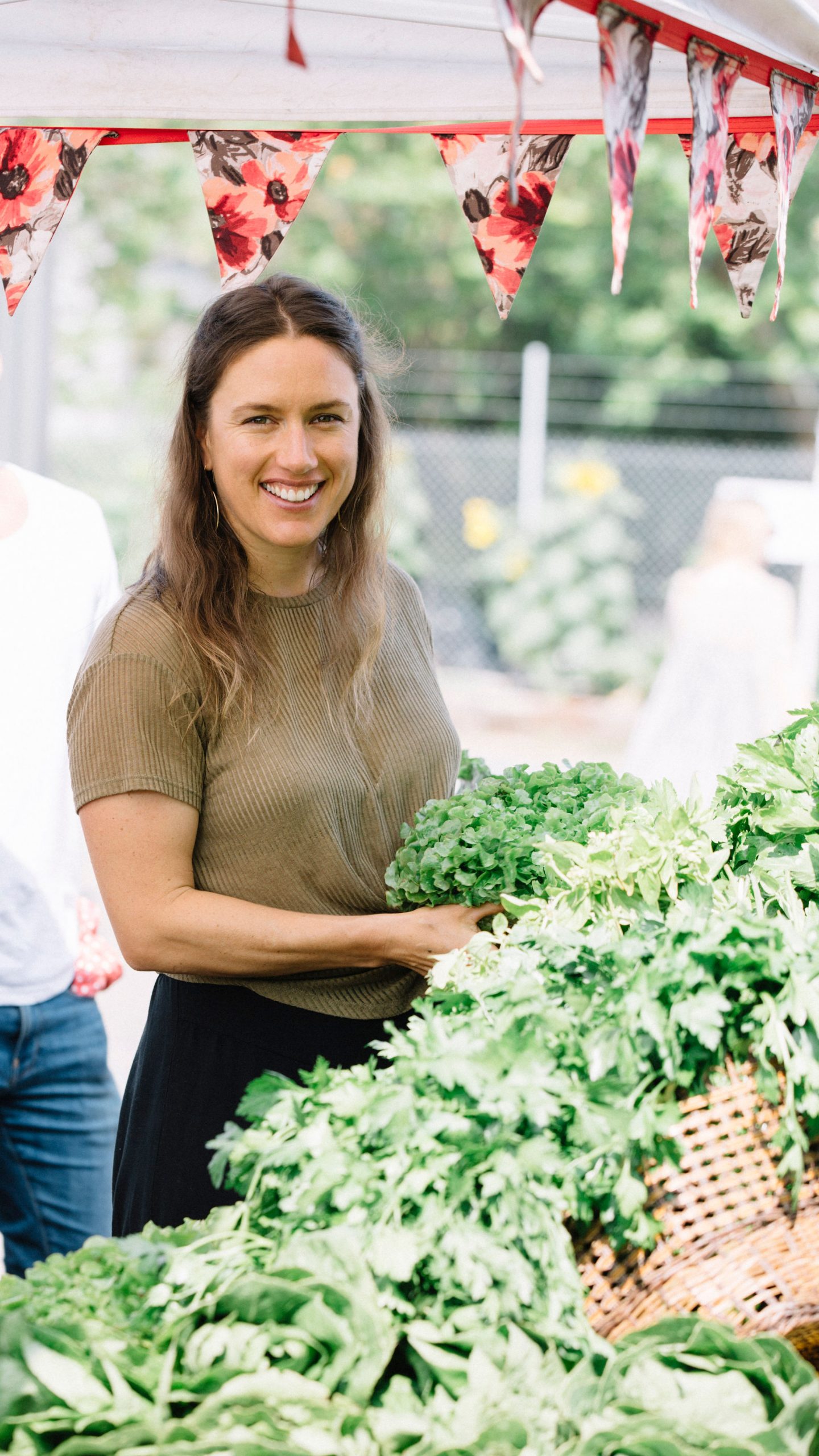
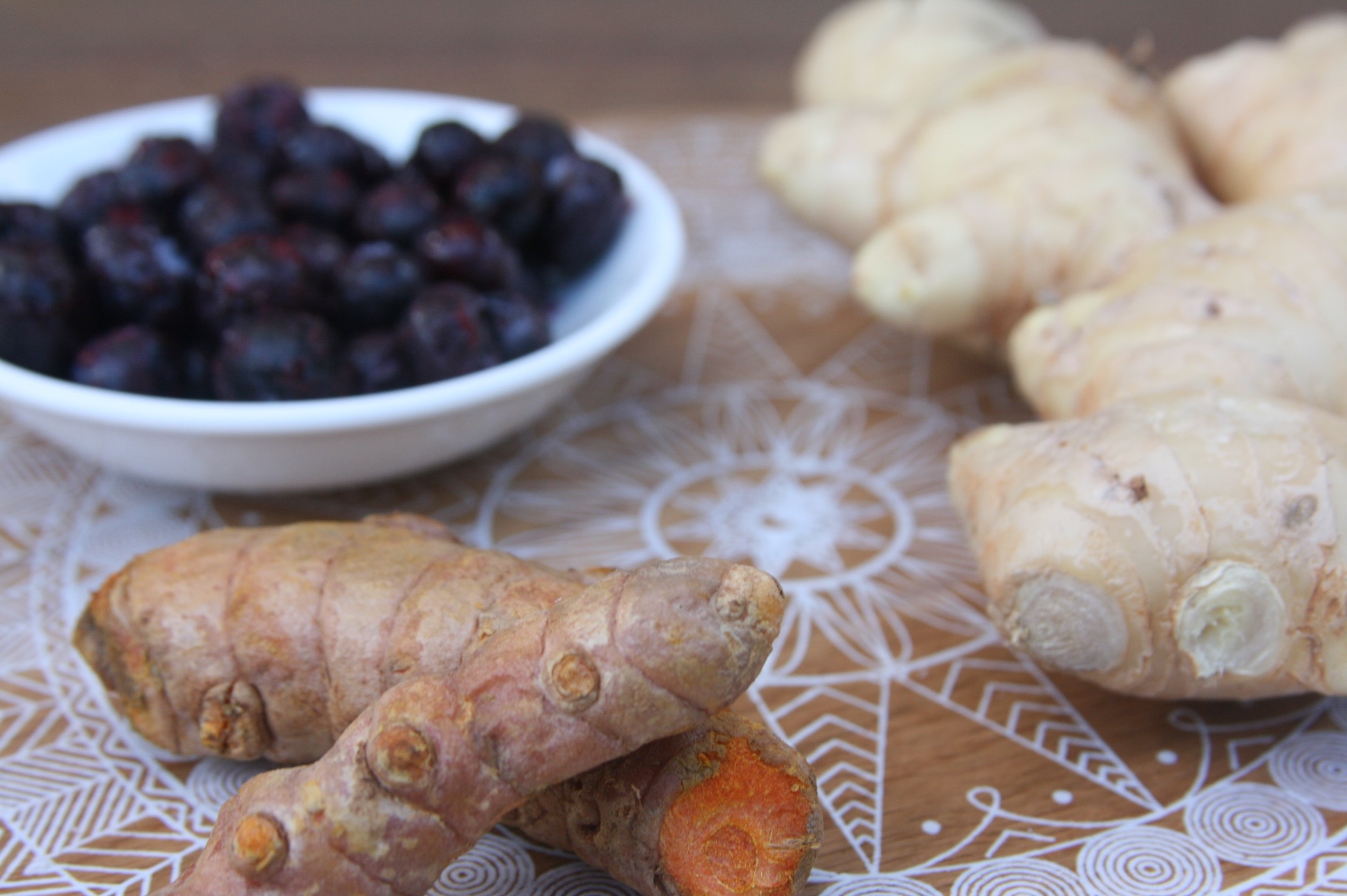

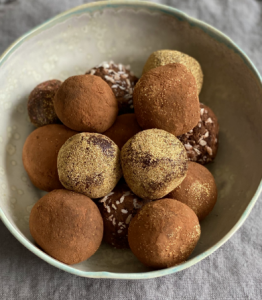
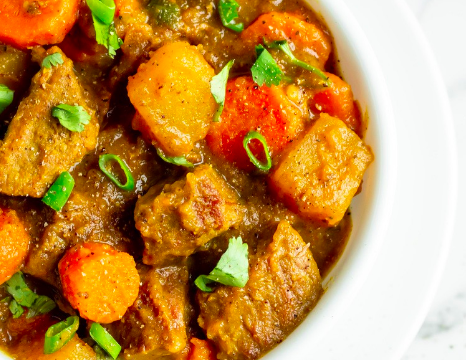
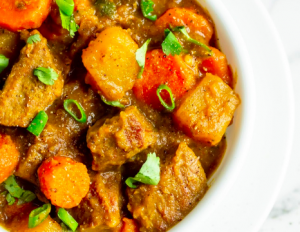



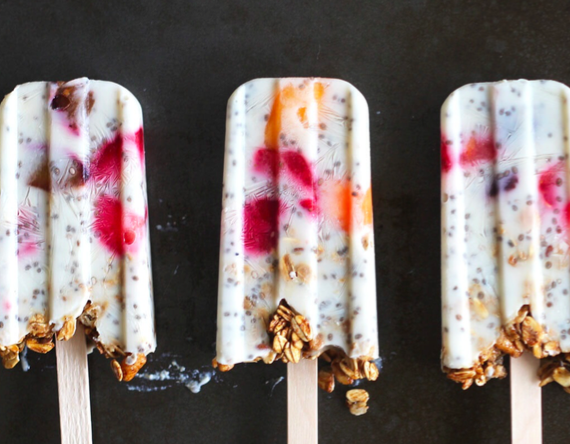




 A poor diet, medications and stress are some of the things that can trigger damage to the gut wall. This leaves toxins, microbes and other food particles free to cross over the gut lining and into the blood stream, where the immune system sees these particles as foreign invaders. This is when the inflammatory response occurs and, unless the leaky gut is healed, continues. This is a commonly unrecognised and underlying cause of inflammation that needs to be addressed.
A poor diet, medications and stress are some of the things that can trigger damage to the gut wall. This leaves toxins, microbes and other food particles free to cross over the gut lining and into the blood stream, where the immune system sees these particles as foreign invaders. This is when the inflammatory response occurs and, unless the leaky gut is healed, continues. This is a commonly unrecognised and underlying cause of inflammation that needs to be addressed.